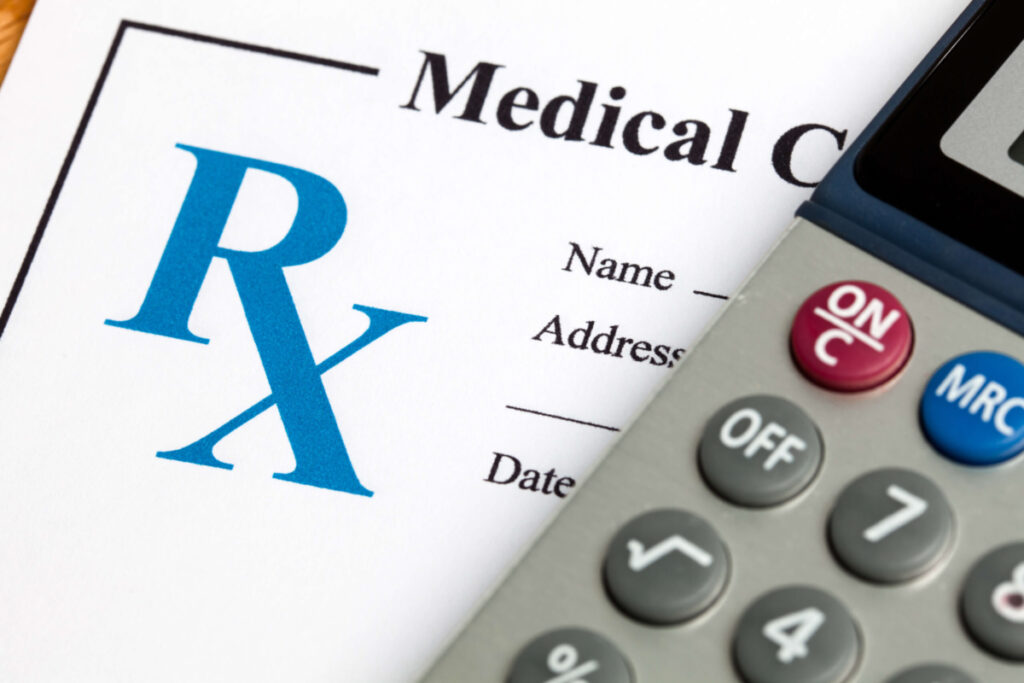On August 29, the Centers for Medicare & Medicaid Services (CMS) announced the first 10 prescription drugs that will be subject to negotiation for Medicare under the Inflation Reduction Act (IRA). This milestone, and the steps that will follow, present an opportunity for states to leverage Medicare negotiated prices through reference pricing, a strategy outlined in model legislation that NASHP published in 2022.
Medicare will negotiate prices for the following drugs:
- Eliquis®, Xarelto®, Entresto® (cardiovascular disease)
- Jardiance®, Farxiga® (cardiovascular disease and diabetes)
- Januvia®, Novolog® (diabetes)
- Enbrel®, Stelara® (autoimmune disorders)
- Imbruvica® (blood cancer)
Manufacturers for the selected drugs must provide certain data to CMS by October 1, 2023. Subsequent negotiations will result in the determination of a Maximum Fair Price (MFP). CMS will publish the MFPs on September 1, 2024, and they will be effective on January 1, 2026 for all purchases under Medicare Part D. In later years, the IRA allows CMS to expand negotiations to up to 20 drugs a year, including drugs paid for under Medicare Part B.
The Congressional Budget Office estimates that the lower drug prices resulting from these negotiations will reduce the federal budget deficit by $25 billion by 2031. These 10 drugs account for $50.5 billion in total Part D drug costs in the one-year period ending on May 31, 2023. Knowing which drugs will be subject to negotiation creates an opportunity for states to estimate state-based savings from referencing Medicare MFPs.
Though the IRA applies the negotiated prices of these 10 drugs to Part D purchasers only, policymakers in some states see an opportunity to broaden the benefit of these lower prices to all purchasers in a state. The NASHP model allows a state to reference the MFPs for these drugs as an upper payment limit (UPL) for all purchasers within a state. This model was included in bills that were introduced in three states (Maine, Nevada, and Rhode Island) in the 2023 legislative session.
In addition to exploring referencing Medicare negotiated rates, seven states are taking on high drug prices through implementing prescription drug affordability boards (PDABs). The new Minnesota Prescription Drug Affordability Board is unique in requiring that the board, when setting an upper payment limit for a drug subject to Medicare negotiation, use the Medicare MFP as the state’s UPL.
In August, Colorado became the first state PDAB to identify which drugs it will subject to affordability review, the first step toward potentially utilizing its authority to set a state-based UPL pending the outcome of the review. The initial five high-cost drugs that the Colorado board selected include two that overlap with Medicare’s list for price negotiations: Enbrel® and Stelara®. The other three drugs selected for review in Colorado are Genvoya®(HIV), Trikafta® (cystic fibrosis), and Cosentyx® (autoimmune disorders). These five drugs accounted for over $250 million in spending in Colorado in 2021.




